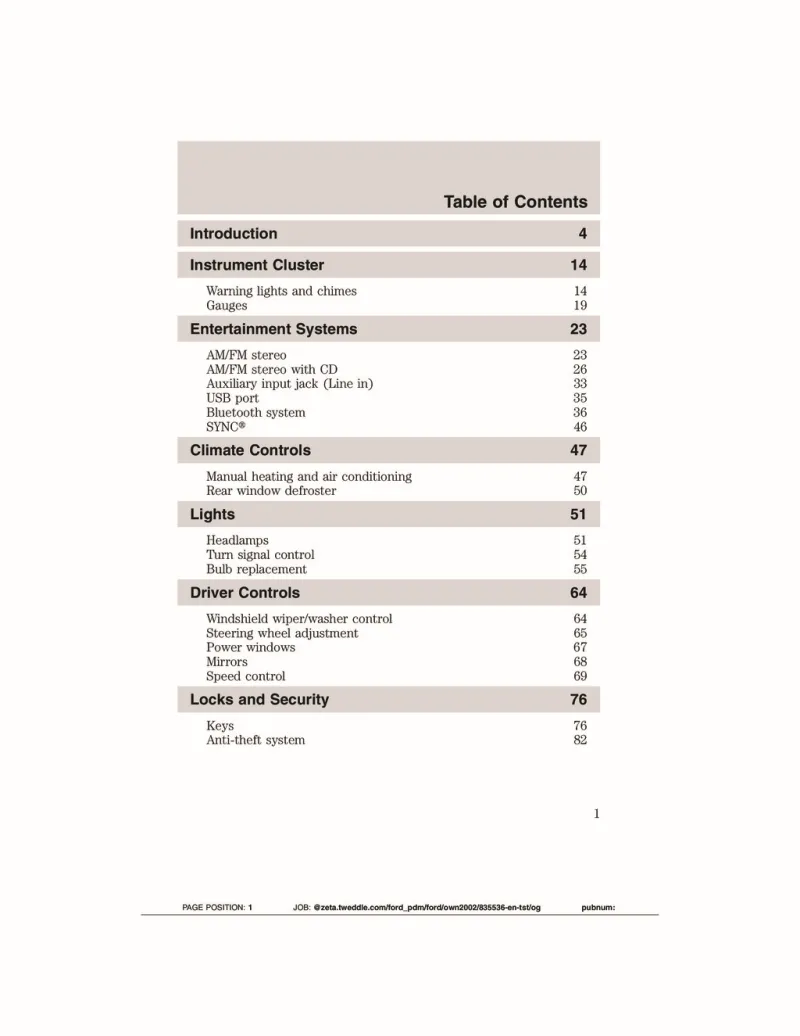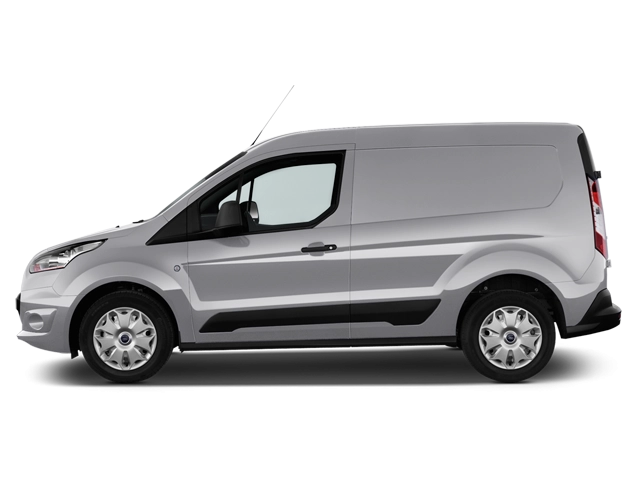2012 Ford Transit Connect Owner's Manual

Table of Contents
2012 Ford Transit Connect Overview
Introduction
The 2012 Ford Transit Connect is a versatile and efficient compact van that stands out in the crowded market of commercial vehicles. With its unique design and practicality, it caters to small business owners and urban drivers alike, offering a perfect blend of functionality, fuel efficiency, and maneuverability. Whether used for deliveries, services, or personal transport, the Transit Connect remains a reliable choice for various professional needs.
Powertrains
This model is powered by a 2.0-liter four-cylinder engine that produces 136 horsepower and 128 lb-ft of torque. The engine is paired with a four-speed automatic transmission, providing smooth acceleration and responsiveness. The Transit Connect is designed for efficiency, achieving impressive fuel economy ratings of up to 21 mpg in the city and 27 mpg on the highway, making it an economical option for day-to-day use.
Trims
The 2012 Ford Transit Connect is available in two primary trims: the XLT and the XL. The XL is the base model, equipped with essential features for those seeking simple functionality, while the XLT adds various conveniences, such as upgraded upholstery, air conditioning, and a more advanced audio system. Both trims can be customized with optional packages, enhancing cargo capability and passenger comfort.
Features
Owner's Manual
The owner's manual for the 2012 Ford Transit Connect provides essential information, including maintenance schedules, troubleshooting tips, and detailed explanations of the vehicle's features and functions. This comprehensive guide helps owners maximize the performance and longevity of their Transit Connect, ensuring they get the most out of their investment.
User manual download
The Ford Transit Connect owner manual for the 2012 model year is to be found in PDF downloadable format on this page. The owner manual for the model year 2012 is free and in English, but the repair manuals are usually not easy to get and may cost more.
Manual Questions
Fill the form below and someone will help you!

